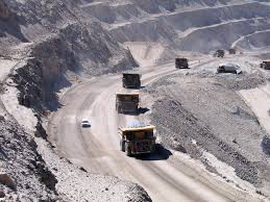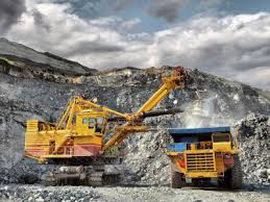Australia's mineral resources are an important component of the nation's wealth. Understanding the available resources is a prerequisite for formulating sound policies on resources and land access. Geoscience Australia prepares a national inventory of resource stocks and these are reported in the online publication Australia's Identified Mineral Resources.
Companies listed on the Australian Securities Exchange are required to report publicly on ore reserves and mineral resources under their control, using the Joint Ore Reserves Committee Code (JORC). Data reported for individual deposits by mining companies are compiled in Geoscience Australia's national mineral resources database and used in the preparation of the annual national assessments of Australia's mineral resources.
AIMR includes data on company estimates of ore reserves as well as evaluations of long-term trends in mineral resources, international rankings, recent developments in the mining industry, mine production and summaries of recent exploration results.
At December 2012, Australia had the world's largest economic resources of gold, iron ore, lead, rutile, zircon, nickel, uranium and zinc. The country also ranks among the top six worldwide for known resources of bauxite, black coal, recoverable brown coal, cobalt, copper, ilmenite, lithium, magnesite, manganese ore, niobium, silver, tantalum, tungsten and vanadium.
Australia's mineral resources are adequate for mining to continue as the most important export earning sector of the Australian economy for the foreseeable future.
 
|